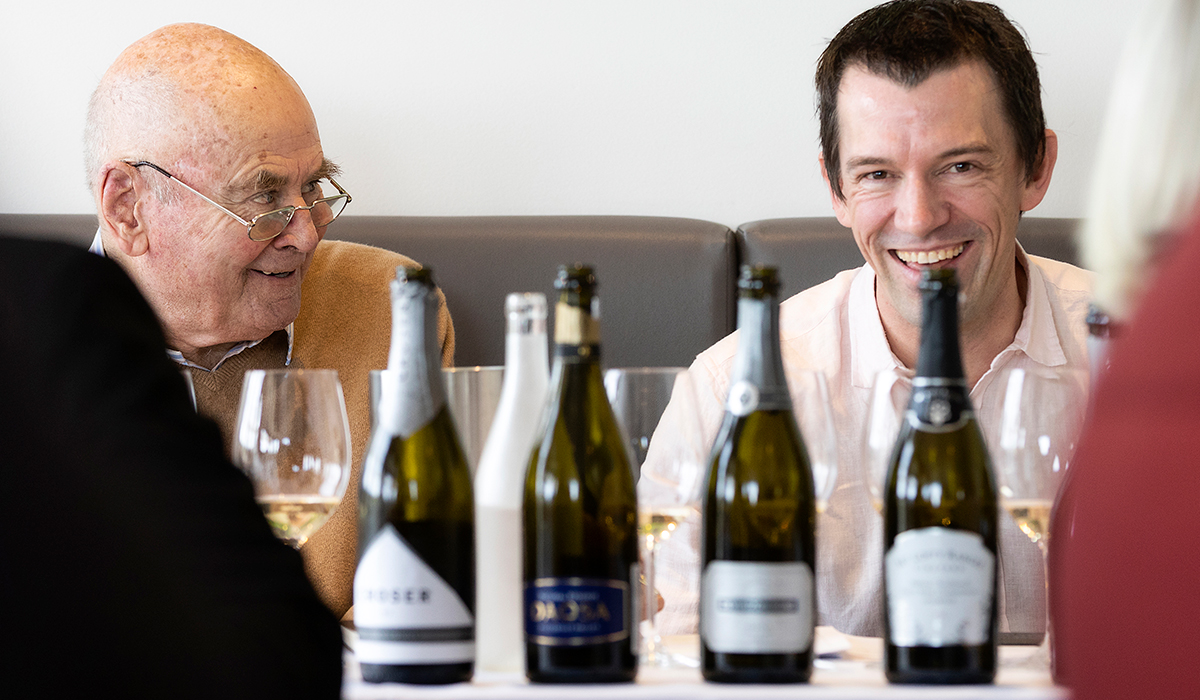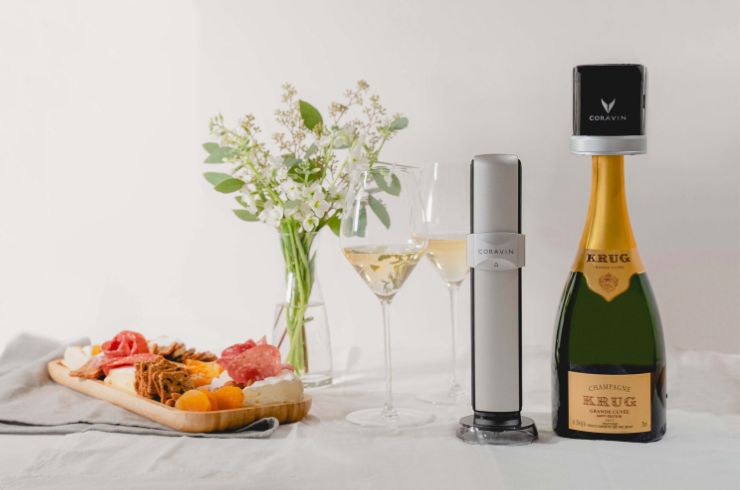It’s always struck me as nonsensical to reduce the grand complexities of wine to a two-digit number. Yet there’s as much gravitas and meaning wrapped into a 98-point score as there is in a five-star movie rating or a three-star Michelin restaurant. How often have you snapped up a new wine purely because of a high score? We all love simplicity, and an independent rating is the ultimate vote of confidence. Just look at any retail catalogue or winery newsletter.
Scores are, by their nature, subjective. We each have our own voice in how we describe wine, and we all score slightly differently. Give the same wine to five top tasters and you’ll likely get different scores. This diversity is something we celebrate, and it’s why we encourage each member of the Halliday Wine Companion tasting panel to adopt their own style in reviews, which always reveal so much more about the wine than the score.

This is why you shouldn’t expect a score of at least 95 points to distinguish a great wine. There are cracking wines out there at 88 or 91 points. They may not be Domaine de la Romanée-Conti La Tache, but they’re also not $3000.
Get to know a taster and you’ll come to understand what their scores and descriptions mean. This is one of many reasons why we have appointed the tasting team as regional specialists this year, for continuity within each region and from one vintage to the next. This is also why we always publish their initials next to each review.
When we come to judge our list of wines of the year for the Halliday Wine Companion Awards at the conclusion of the annual tasting cycle, we will adopt a new process this year, all gathering to taste each of our top wines in every category. This not only provides for a collaborative result, but also offers the ultimate context for the team to calibrate and benchmark at the top end.
In our increasingly global world, it’s vital that we assess Australian wine on the same scale as Champagne, Burgundy, Bordeaux, Barolo and every other region. When I taste a top Australian blanc de blancs, I consciously deliberate how it compares with Champagne benchmarks and award a score accordingly. This is why I’ve not yet (yet!) rated an Australian sparkling 98, 99 or 100 points. This is why you shouldn’t expect a score of at least 95 points to distinguish a great wine. There are cracking wines out there at 88 or 91 points. They may not be Domaine de la Romanée-Conti La Tache, but they’re also not $3000.
There has been much recent discussion around ‘bracket creep’ – the concept that wine scores are progressively drifting upwards. This has been a controversial topic among wine’s reviewers, makers, trade and drinkers for a number of years. It has also dominated much of the response around our recent transition announcement of my new role as chief editor of Halliday Wine Companion.

There are good reasons why scores should be on the rise, especially in a winemaking nation developing as rapidly as Australia. The wines we’re making today are a world away from what they were when James created his first Companion in 1986. In the late 1990s, the average score awarded by the Companion was around 87 points. Today, this has increased to almost 92 points. Over the past decade, the proportion of 98- to 100-point scores increased almost seventy-fold. Is this improvement of the breed or grade inflation? Both are difficult to deny.
My primary objective as chief editor is to ensure that the Halliday rating system remains the most credible in Australia. It is therefore my mandate to support the panel in a rating system that upholds credibility and integrity at every level. With a larger and more geographically diverse team, greater rigour is now required in establishing common benchmarks and principles of scoring to ensure our ratings remain consistent, first and foremost with the points as we define them in the Companion and secondly with international benchmarks.
We cannot be prescriptive, and we need to get the balance right to achieve this consistency, while embracing and celebrating the independence and autonomy of each taster – a tricky juggling act. We’re working together on this, it will be an evolution in time, and we invite you to join us on this journey.
Ultimately, our responsibility is simply assessing the wine in the glass on its merits. As independent reviewers, it is our responsibility to rigorously scrutinise every wine. We will invariably cop flak for being tough judges, but that’s the gig. And you have my word that we will always be generous when praise is due, vigorously championing the finest wines in the country. As always, top wines deserve top scores.
This article first appeared in issue #56 of Halliday magazine. Become a member and enjoy digital access to the publication.



